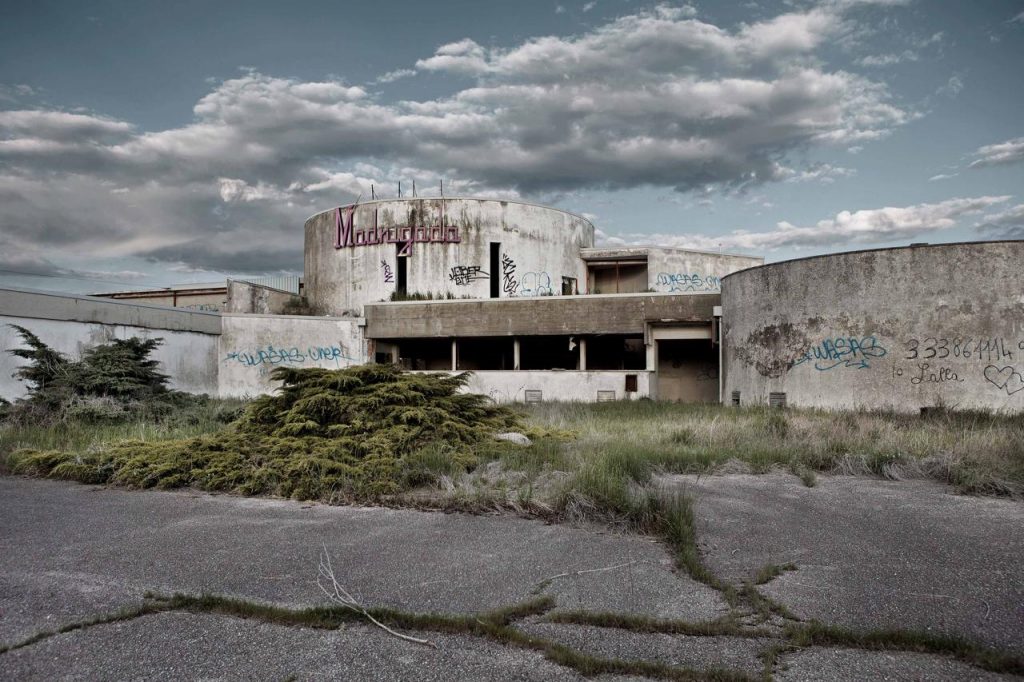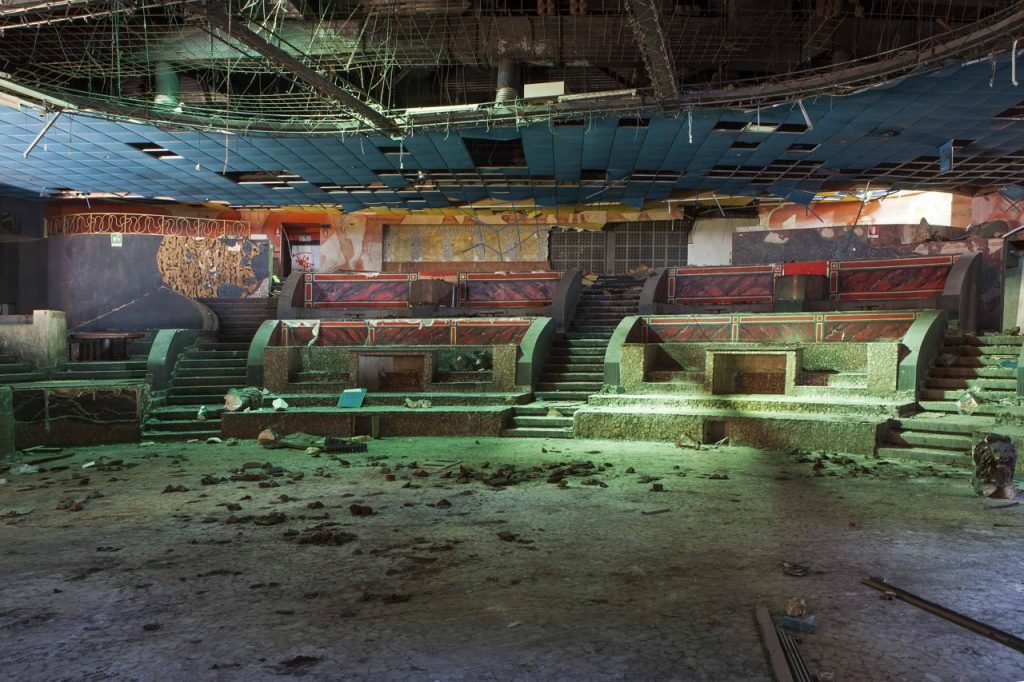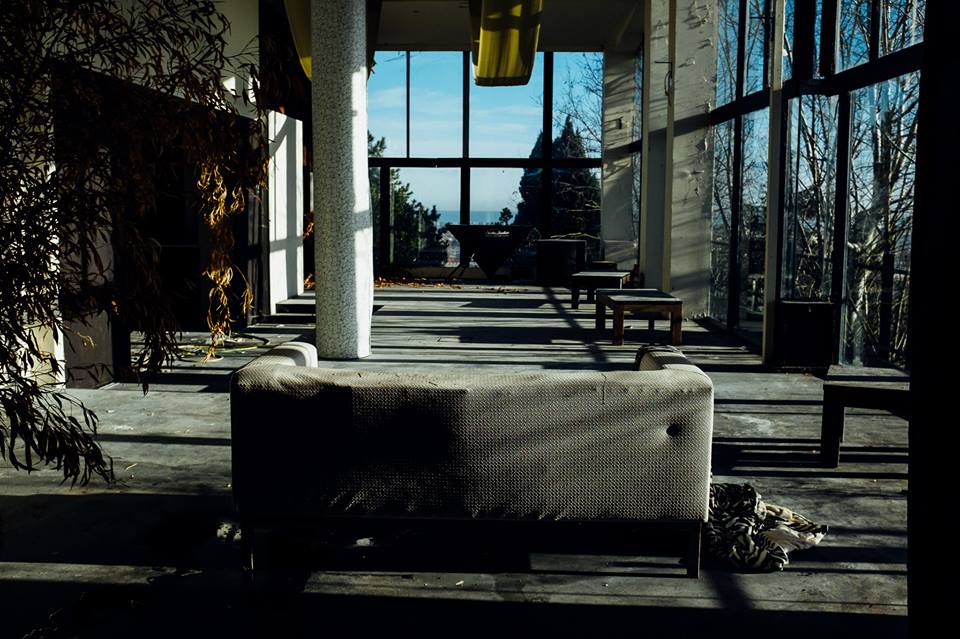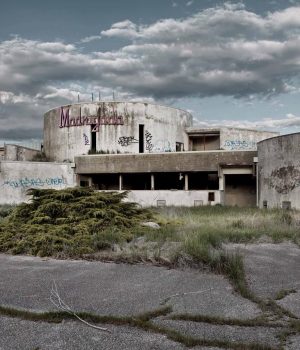Francesco Gastaldi, Associate Professor in Urban Planning, Università IUAV di Venezia Gastaldi@iuav.it
Simone Dalla Costa holds a master’s degree in Architecture, Università IUAV di Venezia
simonedallacosta@hotmail.it

In a pamphlet, Aldo Bonomi (1999) investigates the Italian Entertainment District, Il Distretto del Piacere, an area stretching from Gardaland Park to Riviera Romagnola, and covering four provinces: Verona, Venice, Rimini, and Bologna. In the 1980s and 1990s, the Entertainment District was an entertainment archipelago, a cluster of holiday village, hotels, bars, restaurants, motels for commercial sex, and nightclubs. Here, sensational and transgressive weekends, multiple carnivalesque forms of entertainment and residential tourism were enabled by an efficient highway system, car-parks, and service stations. The Entertainment District was a symbol of the success of small-scale flexible and molecular capitalism typical of the Italian Post-Fordism, and as such it had a highly competitive character. Thus, the Italian Entertainment District and Industrial Districts are interconnected.

Expo, abandoned nightclub in Altavilla, Province of Vicenza – Italy @Antonio La Grotta, 2014
»the italo disco nightclubs, once majestic and grand, had fallen into disrepair«
In the last two decades, the landscape of the Entertainment District has undergone dramatic changes due to the abandonment of nightclubs, also called leisure cathedrals or temple of Italo Disco Dance for the majestic size of their buildings. The abandoned nightclubs are hidden amongst empty warehouses, closed stores, and disused public spaces, as a consequence of the Post-Fordist re-localization of manufacturing activities and economic crisis. Furthermore, these dilapidated buildings cannot be easily found because their location is not disclosed in order to avoid vandalism and illicit activities, and so this is attractive to alternative tourists who want to experience the abandoned. However, these are simulacra of the Italo Disco golden age and remain alive through old and current photos shared by nostalgic groups in blogs and social media.

Paradiso, abandoned nightclub in Rimini, Province of Rimini – Italy @Antonio La Grotta, 2014
»Arsos, squatting, and drugs trade have added degradation to the abandoned nightclubs with further negative externalities on the urban livability and safety of neighborhoods.«
Since the early 2000s, multiple nightclubs in the Entertainment District in the North East of Italy have shut down: it is the end of the Italo Disco golden age. Repurposed building strategies should be developed following several aspects: current nightlife paradigms, diverse architectural typologies, and deterioration of construction materials. However, reuse plans encounter difficulties such as heterogeneity of architectural and aesthetic features, scarcity or lack of glass windows in indoor spaces due to preexisting ventilation and artificial plants, and unbalanced rise-to-surface ratio. In addition, the high cost of renewal interventions encourages demolition rather than re-use. Eventually, the complex framework of property ownership, legal processes and business failures exacerbate the poor building maintenance.
//////
The blog post (09.07.2020) has been released in Italian language by urban@it, National Centre for Urban Policies Studies, and it is available here.







